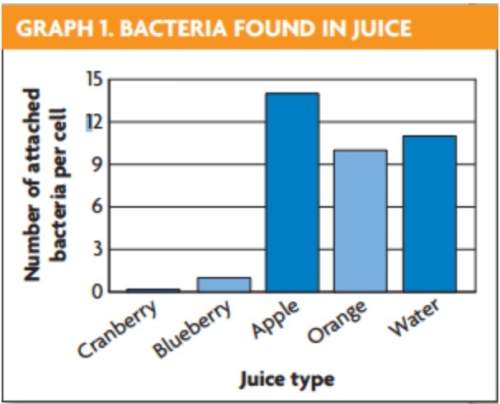
Biology, 26.11.2019 01:31 krystalScott17
The urea cycle rids in the body of excess nitrogen by converting it to a non-toxic form that can be excreted in the urine. it utilize one nitrogen atom from carbonyl phosphate and one nitrogen atom from asparate.
1.which enzyme releases urea a product? a) ornithine transcarbamoylase b) argininosuccinate synthetase c) argininosuccinase d) arginase
2. which enzyme requires atp a) ornithine transcarbamoylase b) argininosuccinate synthetase c) argininosuccinase d) arginase
3- which enzyme is located inside the mitochondrion? a) ornithine transcarbamoylase b) argininosuccinate synthetase c) argininosuccinase d) arginase
4- which intermediates of the urea cycle must cross the mitochondrial membrane? a) argininsuccinate b) ornithine c) arginine d) citrulline

Answers: 2


Another question on Biology

Biology, 22.06.2019 07:00
Which best describes the scientific method? a. a path of clearly defined steps that must be followed in a particular order b. a possible answer to a scientific question based on knowledge or research c. the recipe for how to conduct an experiment that must be followed precisely d. the process of hypothesis and testing through which scientific inquiry occurs
Answers: 1

Biology, 22.06.2019 07:00
Give two examples of what would occur if one of the pairs did not match or had an extra chromosomes. explain how this might occur, and if it would be dangerous to the individual. fast.
Answers: 1

Biology, 22.06.2019 08:50
What does the positioning of transcription factors determine?
Answers: 1

Biology, 22.06.2019 15:40
During crossing-over, a. genetic material is exchanged between nonsister chromatids, resulting in new combinations of alleles. b. nonsister chromatids from each homologous chromosome of a tetrad are exchanged, resulting in new combinations of alleles. c. one homologous chromosome of a tetrad is exchanged with another tetrad, resulting in new combinations of alleles. d. sister chromatids from each homologous chromosome of a tetrad are exchanged, resulting in new combinations of alleles. e. genetic material is exchanged between sister chromatids, resulting in new combinations of alleles.
Answers: 1
You know the right answer?
The urea cycle rids in the body of excess nitrogen by converting it to a non-toxic form that can be...
Questions

History, 19.11.2020 05:40

English, 19.11.2020 05:40

Business, 19.11.2020 05:40

Social Studies, 19.11.2020 05:40


Mathematics, 19.11.2020 05:40

Mathematics, 19.11.2020 05:40




Chemistry, 19.11.2020 05:40




Mathematics, 19.11.2020 05:40


Mathematics, 19.11.2020 05:40

History, 19.11.2020 05:40

Computers and Technology, 19.11.2020 05:40

Mathematics, 19.11.2020 05:40




